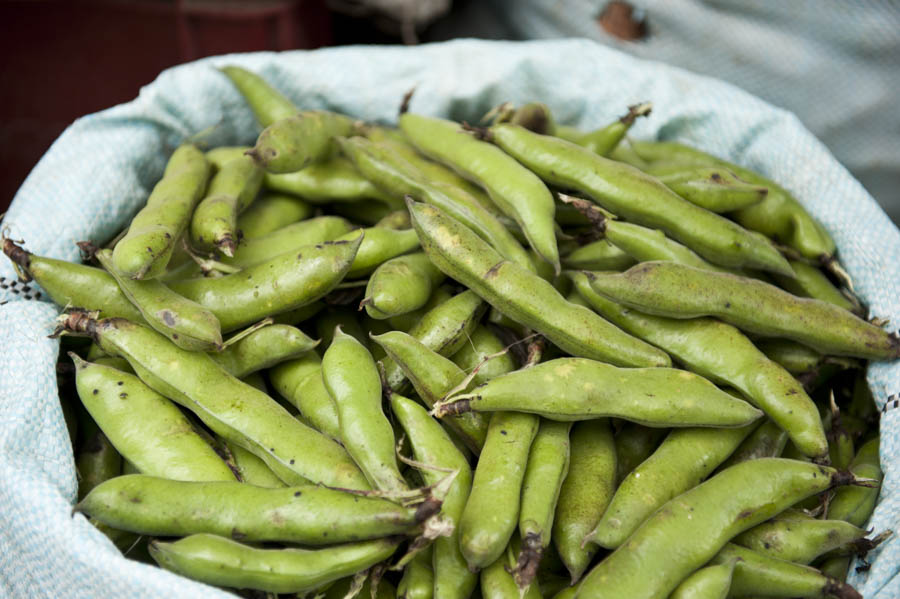Getting Started With Growing Fava Beans

Fava beans, also known as broad beans and horse beans, belong to the Fabaceae family, and are related to peas, common beans, and peanuts. As Mediterranean natives, they are well suited to growing in much of California. Unlike pole beans which are warm season annuals, fava beans do not grow well in heat and are typically grown as cool season annuals.
How to purchase. GardenZeus recommends planting fava beans from seed. Direct sow seeds into pre-irrigated soil. It does not take much space to grow a sufficient crop of fava beans; with fairly compact, upright forms, it is possible to grow enough plants for a family in a relatively small area.
Soil Requirements. Compared to common beans, fava beans can be successful grown in a wider range of soil types, and are more likely to be successful in clay soil and saline soils than common beans. Fava beans prefer loamy soil that is slightly acidic to neutral. Favas can be grown in sandy soil only if given sufficient moisture. Gardeners growing fava beans in clay soils must carefully monitor plants to ensure they have adequate drainage and aeration.
GardenZeus recommends using a bacterial inoculant to inoculate fava beans when planting in soil where beans have not been grown recently. Purchasing bacterial inoculants helps support levels of Rhizobia bacteria, which increase the ability of fava plants to obtain nutrients from soil.
Fava beans are not heavy feeders, and are an excellent choice to plant immediately after a heavy feeding crop, such as tomatoes. Fava beans are known to fix nitrogen in the soil; that is, they return nitrogen to the soil that may have been removed from the soil by other garden plants, such as tomatoes. Do not plant fava beans where other legumes have grown recently; practicing this soil rotation lessens the likelihood that root rots build up in the soil.
Microclimate. Fava beans are unique from other beans and require cool, moderate temperatures to thrive. Compared to other beans, they tolerate cool soils. Choose a bright, sunny location. Fava beans prefer daytime temperatures between 65-70°F, but not over 80° F. Unlike other beans, favas can survive frost, and are often hardy to 21°F. In a cool season garden, consider planting fava beans in a cooler, wetter area of the garden where other vegetables might struggle.
Water requirements. Once germinated, fava beans require regular, consistent moisture to the full depth of their root zone. Healthy bean plants grow quickly and use water rapidly. Fava beans are most sensitive to water stress during periods of flowering and setting pods. Excessively wet soils can result in disease problems such as root rot. If possible, avoiding wetting fava bean foliage while watering; drip irrigation is ideal.
Late summer or early fall, after temperatures have cooled slightly, is an ideal time to plant fava beans in many areas of California. Favas require minimal care and maintenance during the growing season, and produce prolific quantities of food while improving and enriching garden soil.
To view customized garden information for your area, go to GardenZeus and enter your zip code.
Other articles of interest:
